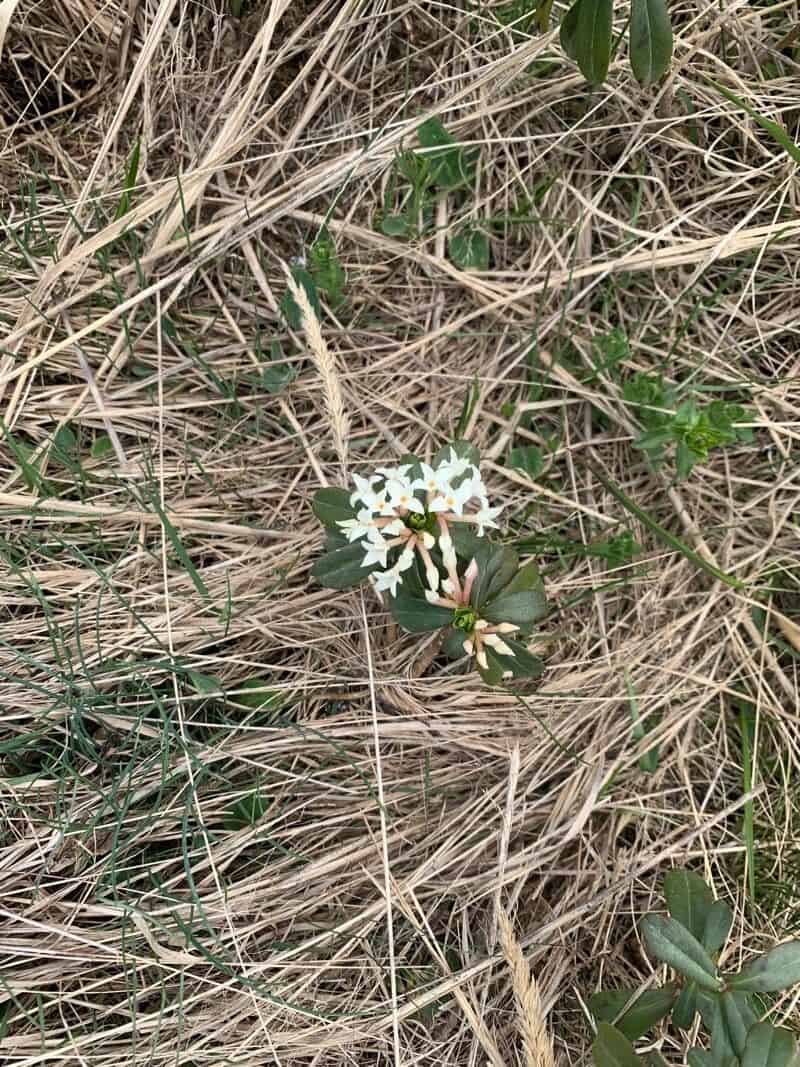Unlocking the Secrets of Daphne Glomerata Propagation: More Than Just a Pretty Fragrance
The Daphne glomerata, with its intoxicatingly sweet fragrance and delicate clusters of pink or white blooms, is a coveted treasure for any garden. But this alluring beauty can be a bit of a diva when it comes to propagation. Don’t fret! While not as straightforward as some shrubs, with a dash of patience and the right know-how, you can successfully multiply your Daphne glomerata and spread its charm throughout your outdoor haven.
Understanding the Daphne Glomerata’s Quirks
This captivating shrub, hailing from the Himalayas, prefers cooler temperatures and well-drained soil. It’s important to remember that Daphne glomerata, unlike many other plants, doesn’t take kindly to root disturbance. This makes traditional methods like division less than ideal and sends us down the path of layering and cuttings.
The Art of Layering: A Gentle Approach
Layering, a technique that encourages roots to form on a stem while still attached to the parent plant, boasts a higher success rate with Daphne glomerata. Here’s how to do it:
- Choose a Low-Growing Stem: In early spring, select a healthy and flexible stem close to the ground.
- Wound and Prepare the Stem: Gently wound the underside of the stem using a sharp, sterilized knife. You can make a small cut or scrape away a sliver of bark.
- Bury the Stem: Bend the wounded section of the stem downwards and bury it a few inches deep in a prepared mix of well-draining soil and compost. Use a small rock or landscape pin to secure it in place.
- Patience is Key: Keep the soil consistently moist and wait patiently for 4-6 months. By fall, you should have a rooted layer ready to be separated from the mother plant and potted up.
Taking the Cutting Edge: Propagation with Cuttings
While slightly trickier than layering, propagating Daphne glomerata from cuttings offers another avenue for multiplying your plant. Here’s the game plan:
- Timing is Everything: Take semi-ripe cuttings, which are stems that have started to harden but still retain some flexibility, in late summer.
- Cut with Precision: Choose healthy, non-flowering stems and make a clean cut just below a leaf node. Each cutting should be about 4-6 inches long.
- Prepare for Success: Remove the leaves from the bottom inch or two of the cutting and dip the end in rooting hormone powder (optional but recommended).
- Create a Cozy Environment: Plant your cuttings in a pot filled with a well-draining mix of perlite and peat moss. Water thoroughly and cover the pot with a clear plastic bag or humidity dome to create a mini greenhouse.
- Monitor and Maintain: Place your cuttings in a bright location but out of direct sunlight. Keep the soil consistently moist but not waterlogged. Rooting can take several weeks to months.
Nurturing Your Daphne Glomerata Progeny
Whether you choose layering or cuttings, remember that patience is crucial. These methods require time and attention to detail. Once your new plants are established, provide them with similar conditions to their parent: well-drained soil, partial shade, and protection from harsh winter conditions.
Propagating Daphne glomerata may require a bit more dedication than other plants, but the rewards are well worth the effort. With the right techniques and a little TLC, you can fill your garden with the captivating fragrance and beauty of this extraordinary shrub.

